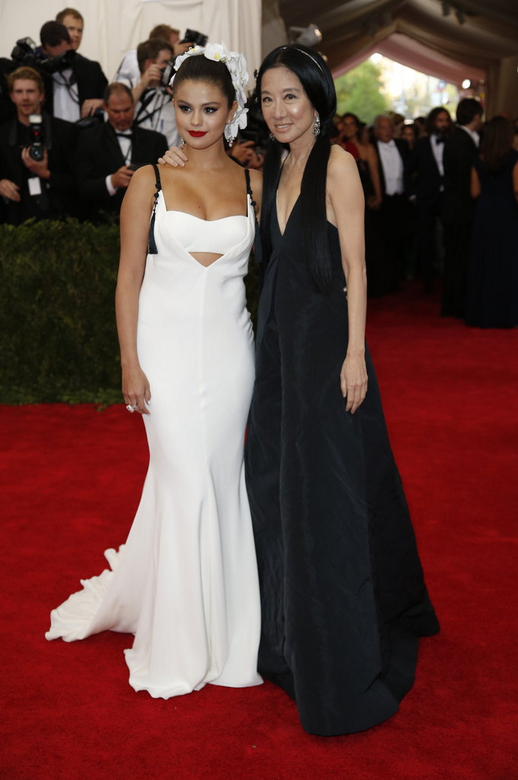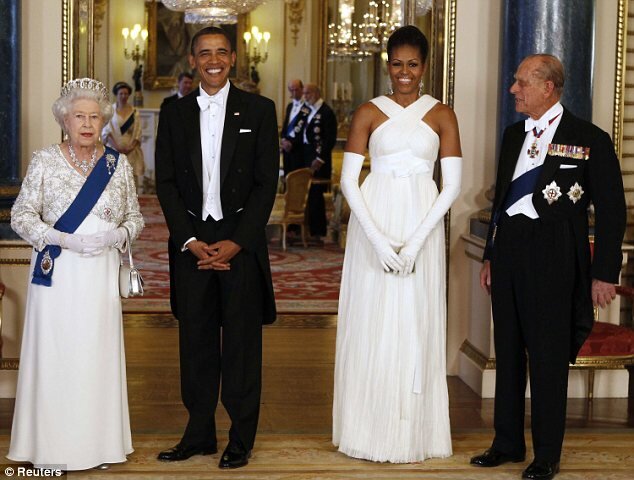Dress Codes - Black Tie and White Tie
The last 2 dress codes we’re going to look at are -
Black Tie and White Tie
Black tie is the most common of the 2 and tends to be the go to dress code for formals and galas. The basics of the dress code is that men wear a tuxedo and women wear a formal gown.
Whilst some men nowadays like to forgo the waist coat or cummerbund for the James Bond look, tuxes were traditionally made a 3 piece suits. A low cut waist coat was worn with a single breasted jacket or a cummerbund was substituted as a slightly more casual alternative (traditionally made from the same fabric as the bow tie). Foot wear traditionally consists of patent leather opera shoes. Broguing is seen as too casual, as is tan leather.
For women, the tradition black tie attire is a floor length or tea length dress with a clutch and evening shoes. Nowadays we see more experimentation, with women opting for tuxes, jumpsuits, varying hemlines and train lengths. This is known as “Creative Black Tie”. The main rule not to break is the dress length as wearing a short dress can be seen as disrespectful to the host.
The main places you see this dress code is at formal events such as awards ceremonies, the Opera or Ballet, a select few weddings and cruise ships.
Some great Black Tie brands include:
Jenny Packham
Dior
Alexander Wang
Vivienne Westwood
White Tie is the most formal of the dress codes, Men wear full evening suits consisting of tails, waistcoat, white bow tie and on occasion a top hat. Women wear ball gowns and evening gloves (these are taken off to eat). Tiaras can be worn if you feel so inclined or you have the status for it. Another distinction between the 2 is the women are frequently expected to wear their hair up. A lot of women choose to wear white or cream but it isn’t a set in stone rule.
This is most frequently seen in old movies but on the rare occasion we see it now days it’s at state dinners and Royal events.
Some great White Tie brands include
Oscar De La Renta
Jenny Packham
Balenciaga
Zac Posen
















